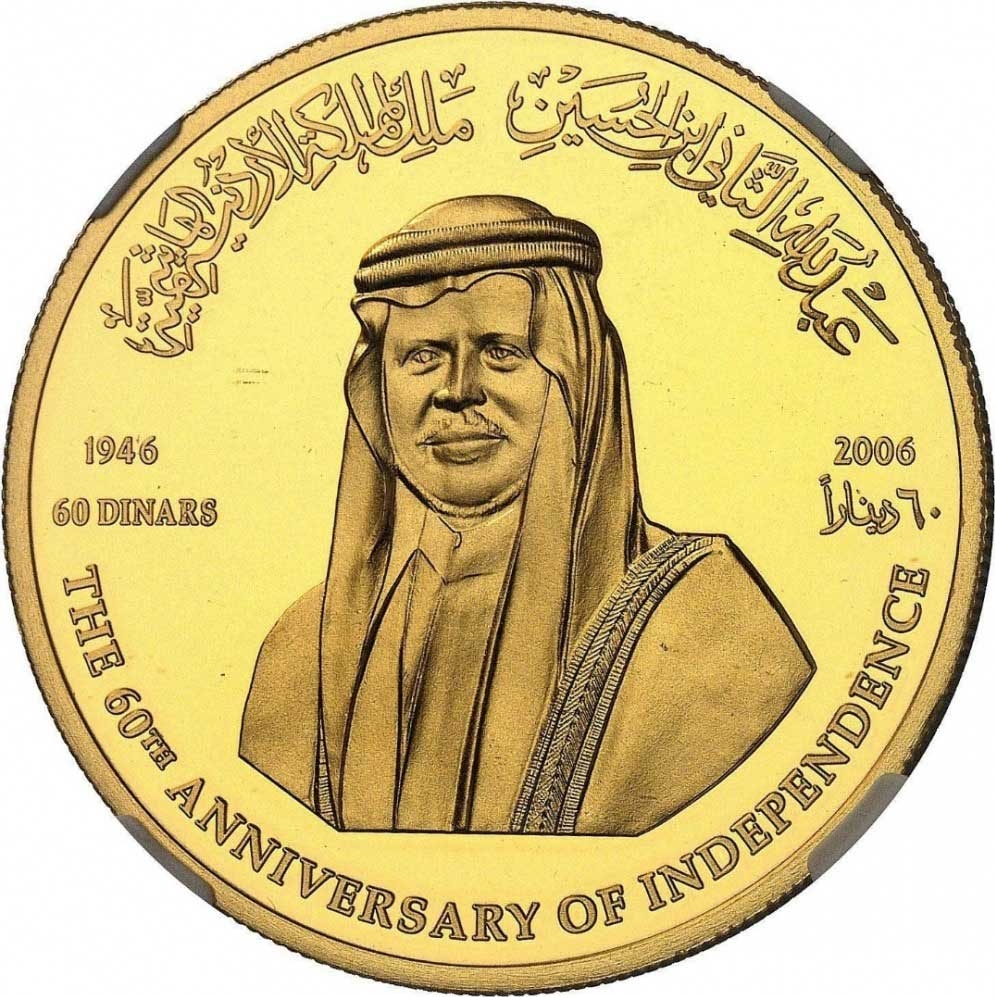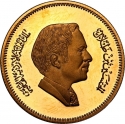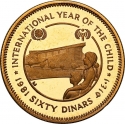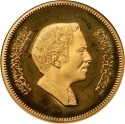You are about to finish your registration. Please check your mailbox (including spam folder). There should be a letter with a confirmation link. Check setting to make sure that your e-mail address is correct.
Send letter againDescription
Independence Day in Jordan commemorates the country's liberation from British rule. After World War I, the Hashemite Army of the Great Arab Revolt successfully took control of what is now Jordan. Spearheaded by the Hashemites and led by Sharif Hussein of Mecca, the revolt aimed to overthrow the Ottoman Empire and received backing from World War I Allies, including Britain and France.
Negotiations between Emir Abdullāh and the British culminated in a treaty signed on March 22, 1946. It took two years for Jordan to achieve complete independence, with another treaty signed with Britain in March 1948, removing all restrictions on sovereignty. Jordan officially joined the United Nations and the Arab League in December 1955. Following independence, Jordan established its parliament in 1952, comprising two chambers: the Senate and the House of Representatives.
Abdullah II bin Al-Hussein (born 30 January 1962) has been King of Jordan since 1999 upon the death of his father King Hussein. Abdullah is considered to be the 41st generation direct descendant of the Islamic Prophet Muhammad, through his belonging to the ancient Hashemite family, which has ruled Jordan since 1921.
Obverse

|
Depicts a bust of Abdullah II bin Al-Hussein, facing, wearing the traditional costume dishdashah surrounded by the texts "Abdullah II bin Al-Hussein" and "King of the Hashemite Kingdom of Jordan" in Arabic above and English below, denomination and the date in the Gregorian calendar year in both sides in Arabic and English. عبدالله الثاني بن الحسين ملك المملكة الأردنية الهاشمية |
|---|---|
Reverse

|
Depicts a part of Al-Khazneh in Petra engraved in the mountains at left, the statement of Independence at right in Arabic, the crown positioned above and the signature of King Abdullah I below. العيد الستون لِذكرى الاستِقلال ١٩٤٦-٢٠٠٦ |
| Edge |





